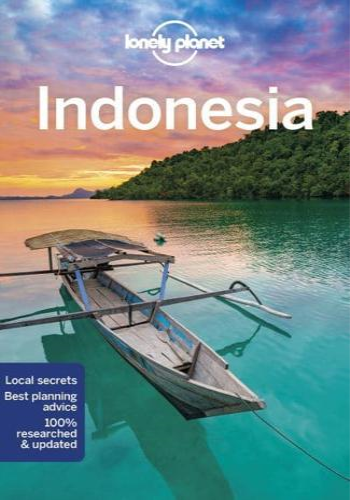The acclaimed guide to the ecology and natural history of the American tropics-now fully updated and expanded
The New Neotropical Companion is the completely revised and expanded edition of a book that has helped thousands of people to understand the complex ecology and natural history of the most species-rich area on Earth, the American tropics. Featuring stunning color photos throughout, it is a sweeping and cutting-edge account of tropical ecology that includes not only tropical rain forests but also other ecosystems such as cloud forests, rivers, savannas, and mountains. This is the only guide to the American tropics that is all-inclusive, encompassing the entire region's ecology and the amazing relationships among species rather than focusing just on species identification.
The New Neotropical Companion is a book unlike any other. Here, you will learn how to recognize distinctive ecological patterns of rain forests and other habitats and to interpret how these remarkable ecosystems function-everything is explained in clear and engaging prose free of jargon. You will also be introduced to the region's astonishing plant and animal life.
Informative and entertaining, The New Neotropical Companion is a pleasurable escape for armchair naturalists, and visitors to the American tropics will want to refer to this book before, during, and after their trip.
- Covers all of tropical America
- Describes the species and habitats most likely to be observed by visitors
- Includes every major ecosystem, from lowland rain forests to the high Andes
- Features a wealth of color photos of habitats, plants, and animals







